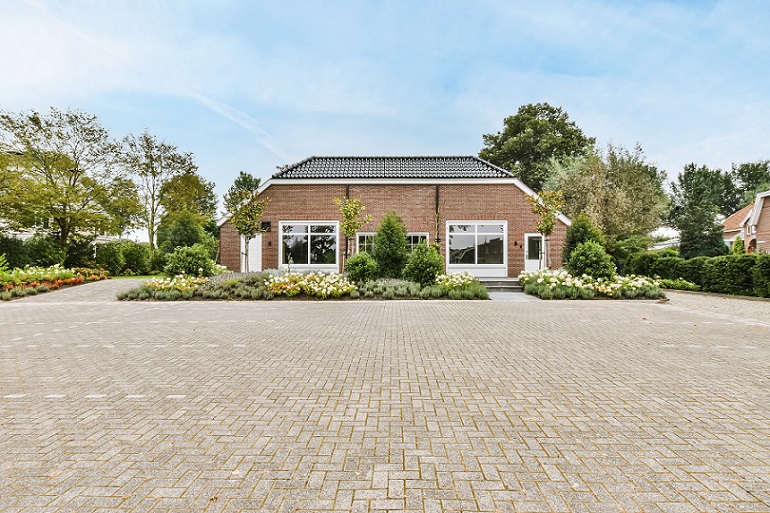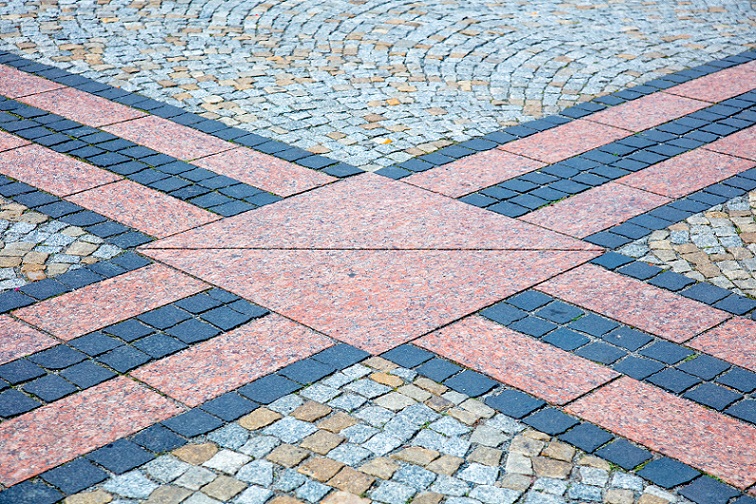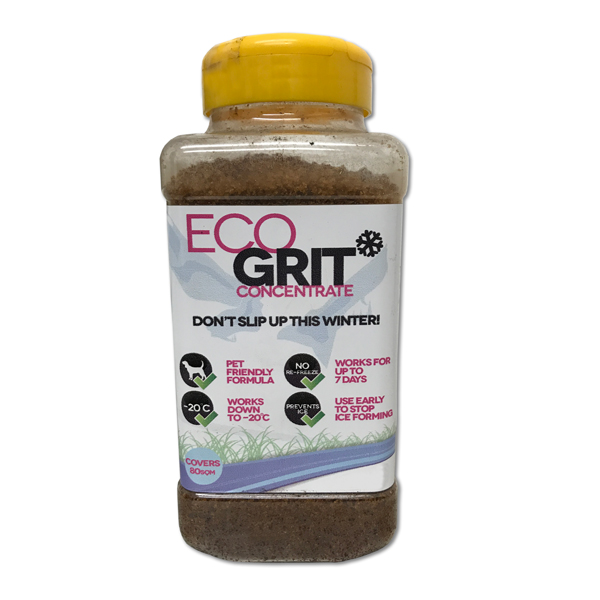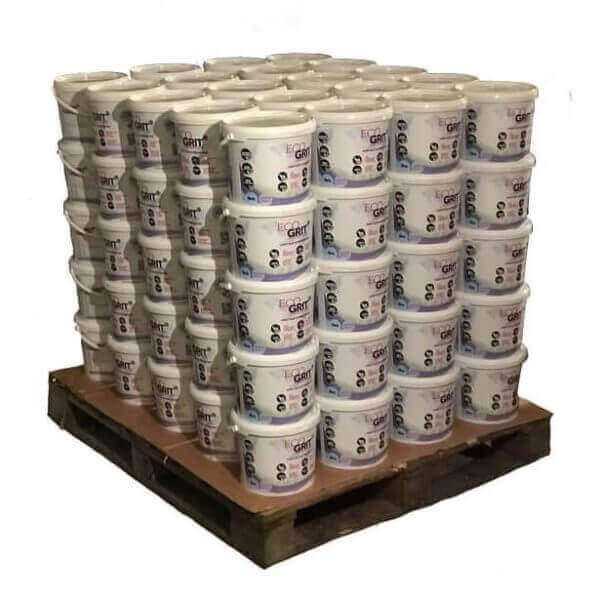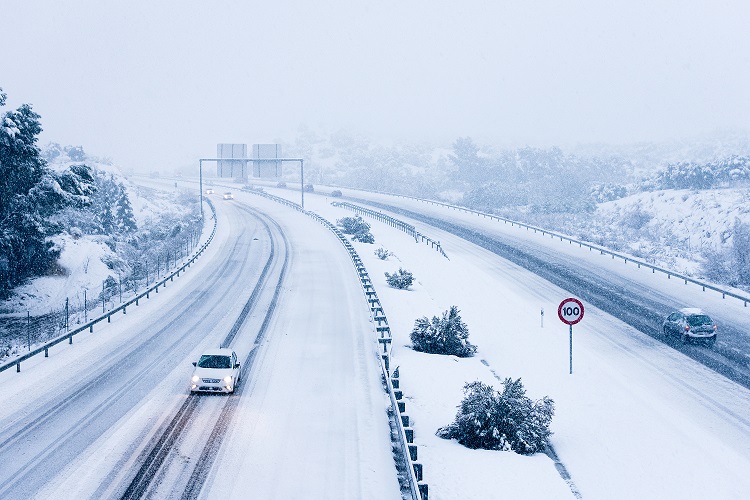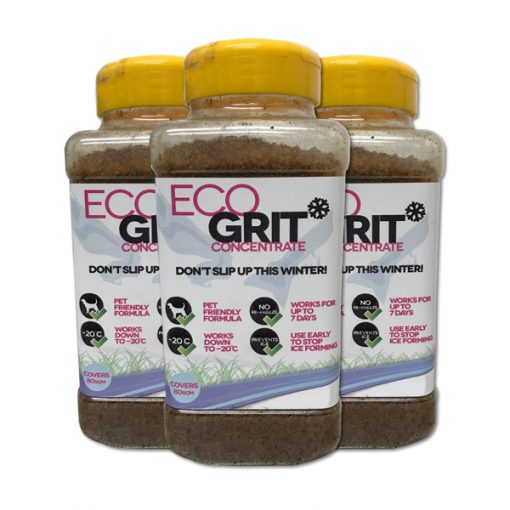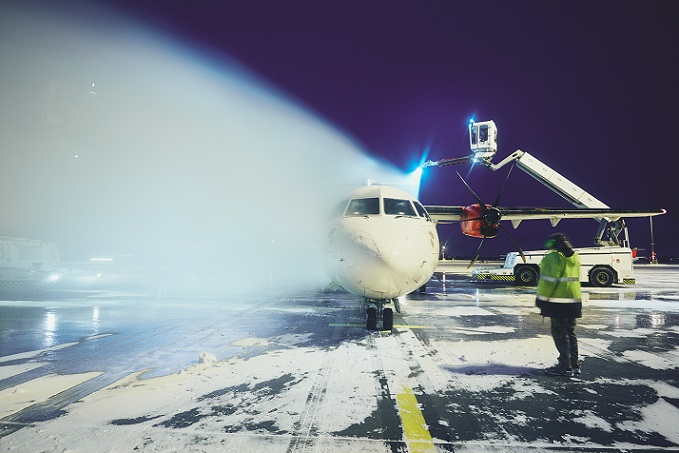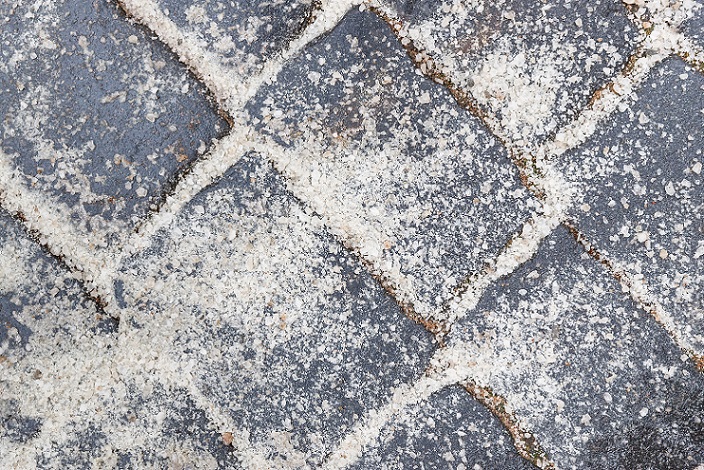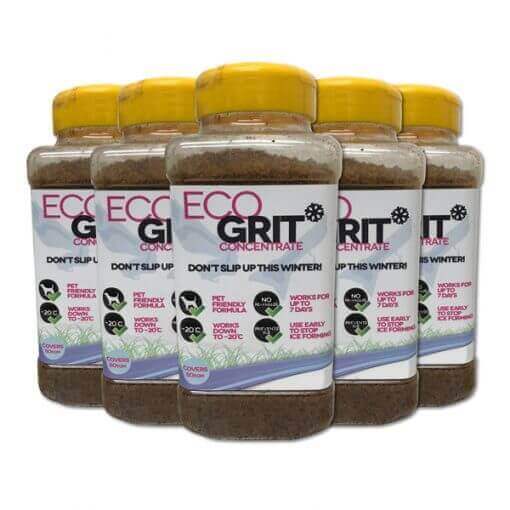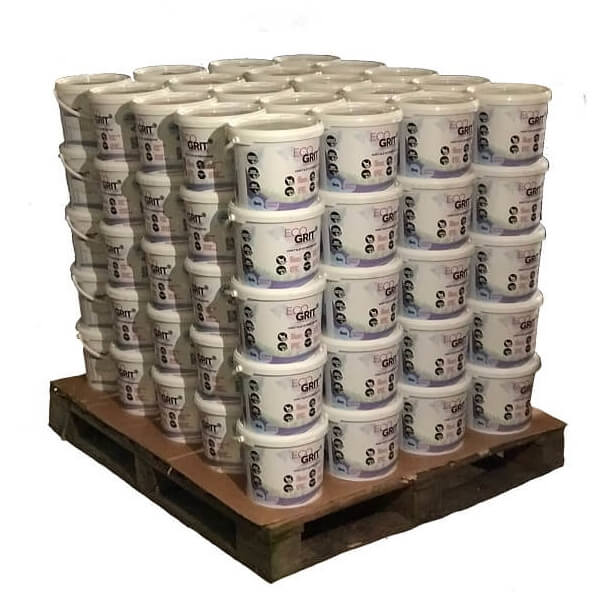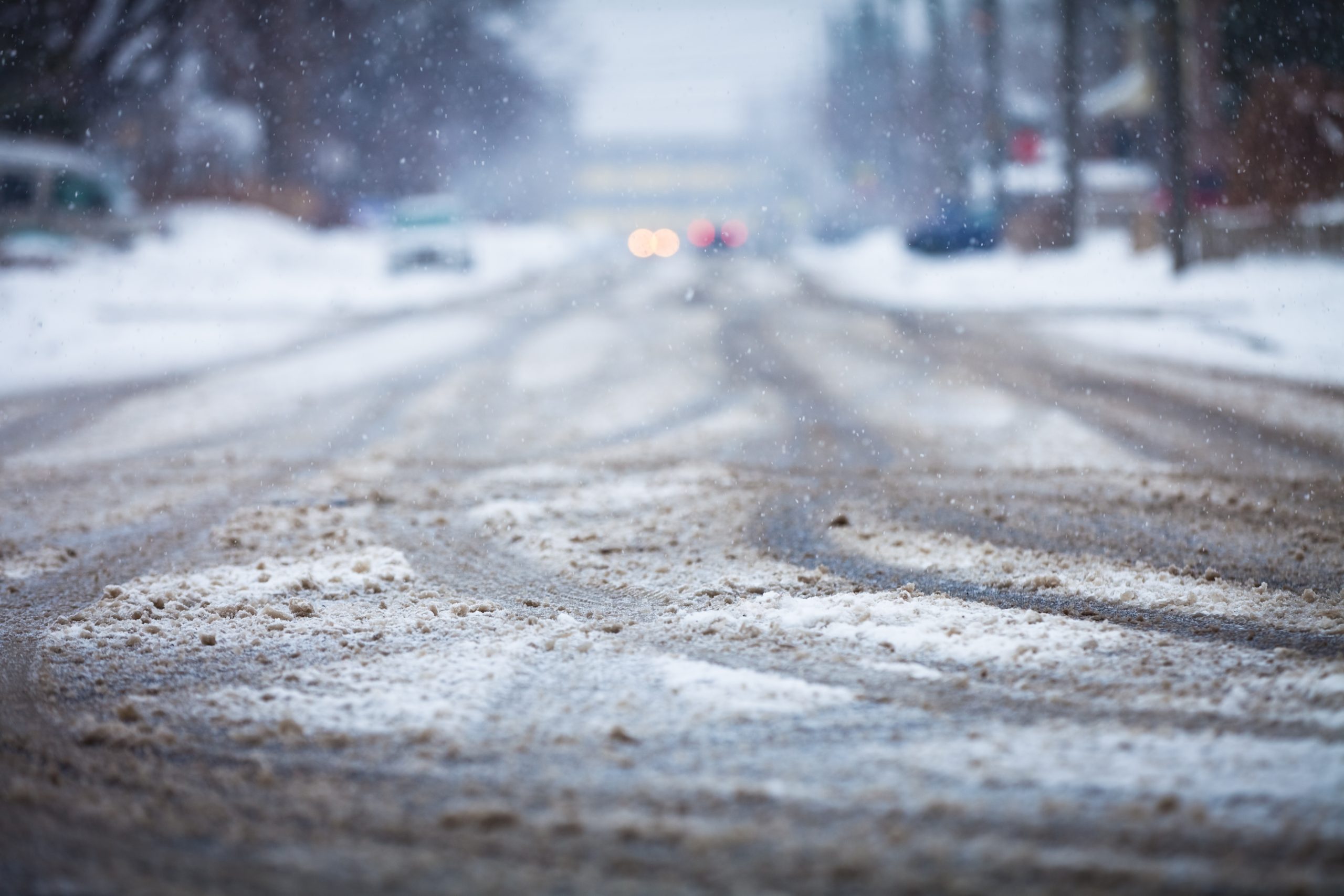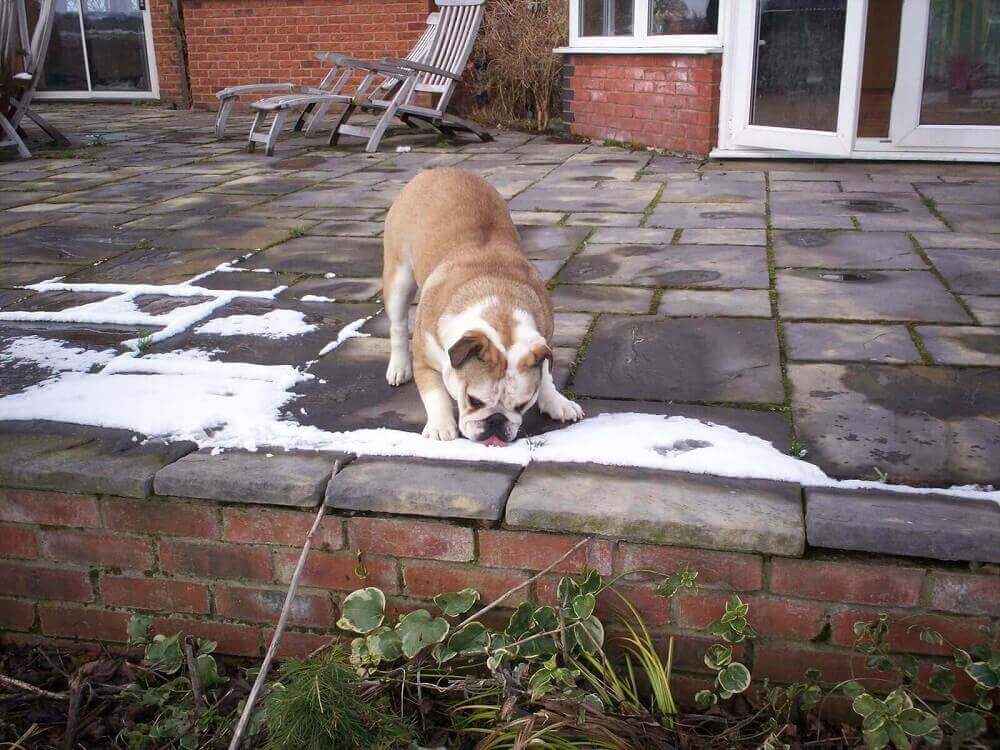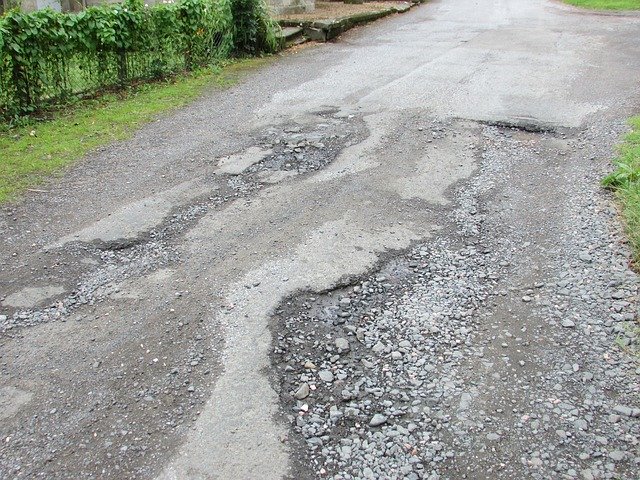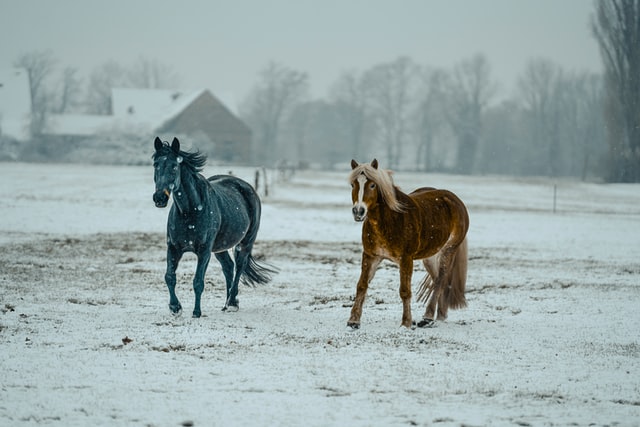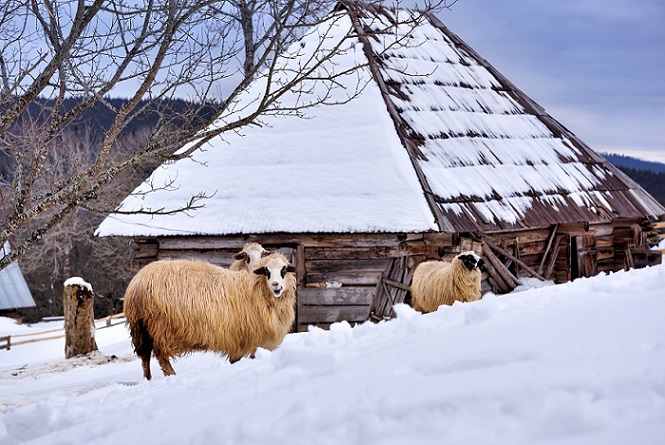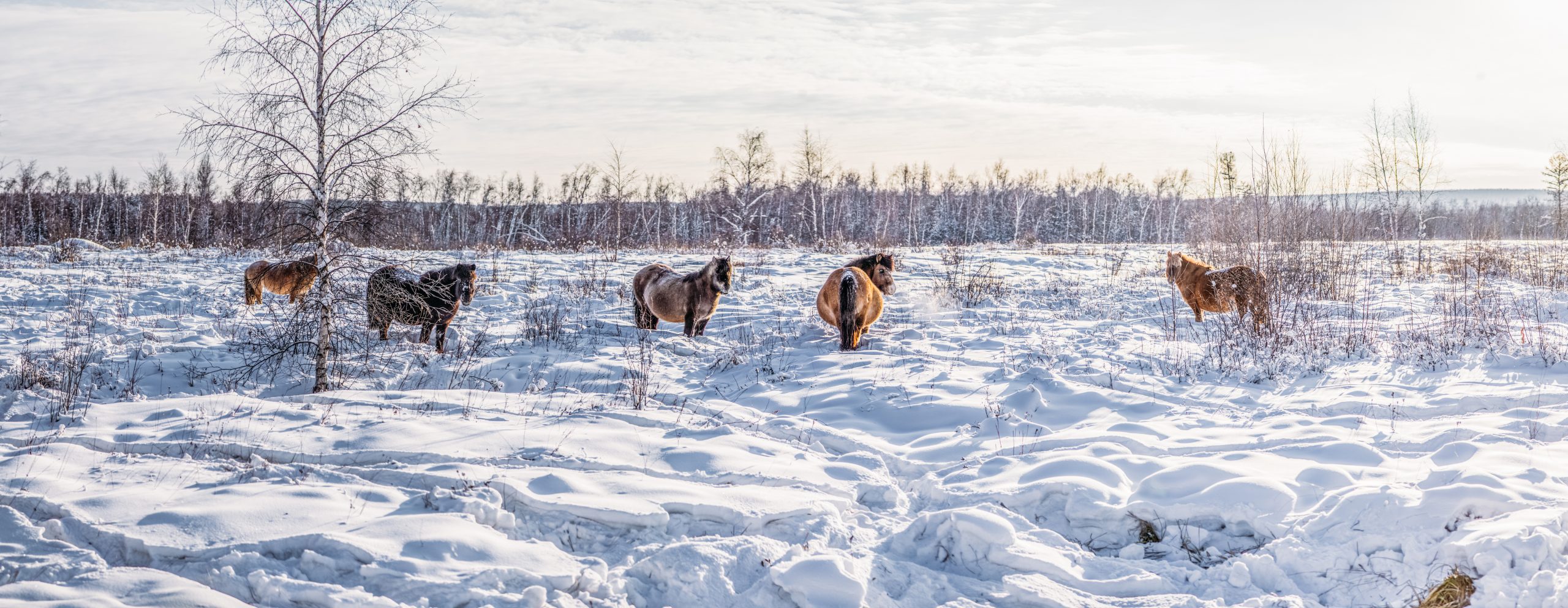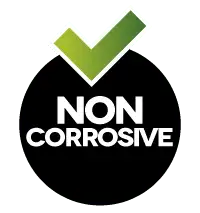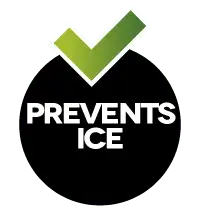EcoGrit Ice Melt | Safe for Children and Pets, Any Surface | Non-Toxic Light-Weight Easy Application | Protects from Snow and Ice for up to a week.
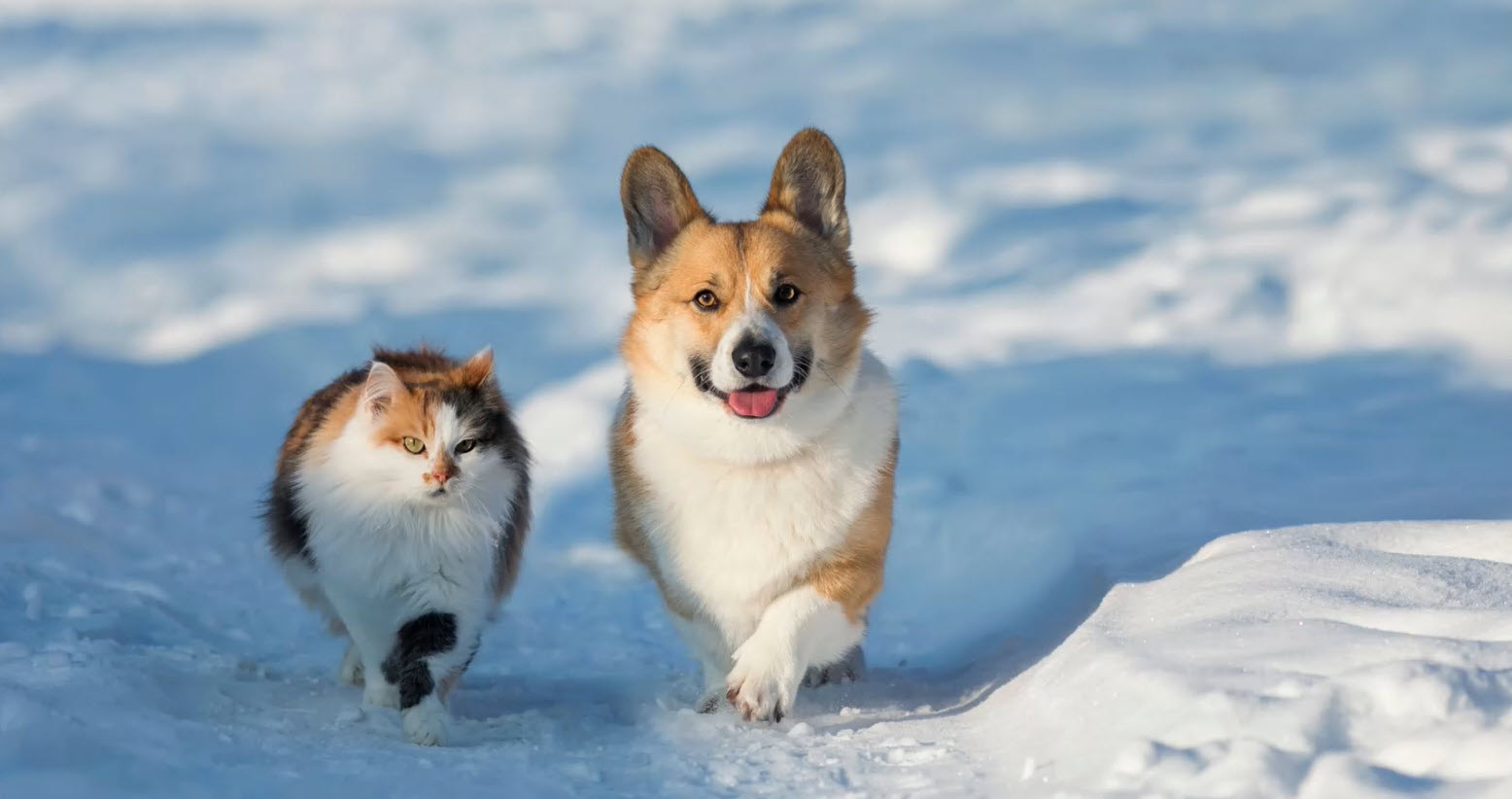
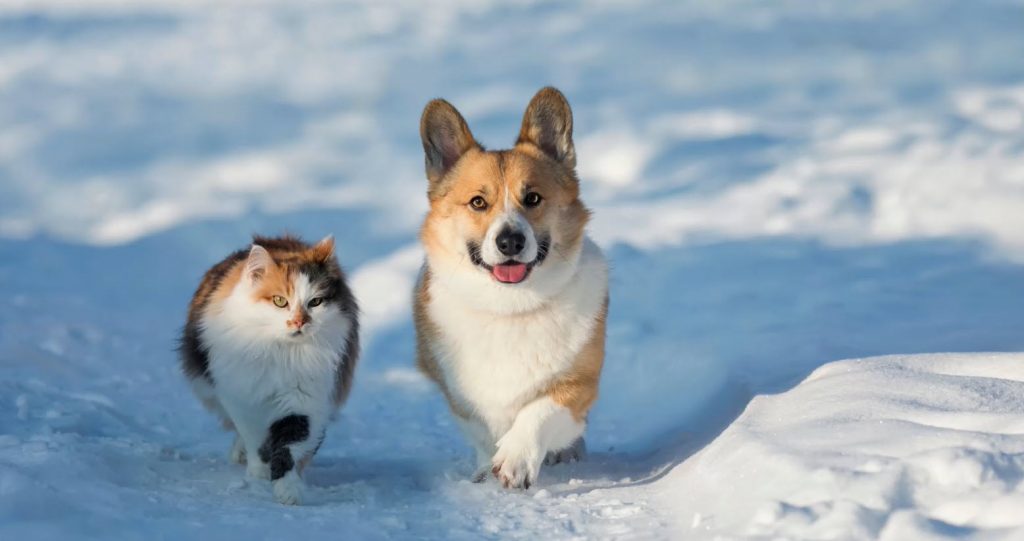
Snow and ice in winter can be a nightmare. They make people stay indoors or drive slowly, making our lives difficult and our journeys longer. EcoGrit Snow and Ice Melt is a safe, eco-friendly and powerful ice melt solution designed to melt ice faster than rock salt without the harmful effects of Rock Salt or Urea. It is non-corrosive and non-toxic, making it an excellent option for children and pets.
The formula does not leave behind any messy residue or cause any damage to surfaces. It contains biodegradable natural ingredients that don’t harm the environment or cause long-term damage. EcoGrit is easy to apply with no fuss, making it perfect for home and business use. The product’s powerful nature makes it a reliable and convenient alternative to salt, making it an ideal choice for everyone concerned about the environment.
EcoGrit Ice Melt | Safe for Children and Pets, Any Surface | Non-Toxic Light-Weight Easy Application | Protects from Snow and Ice for up to a week.
EcoGrit is an all-natural snow and ice melt made from food industry by-products. This rock salt alternative is a safe and non-toxic de-icer. It’s also pet, child, and plant friendly and environmentally friendly.
EcoGrit melts snow and ice quickly and can last up to a week for long-lasting protection. The rock salt alternative is easy to apply, making it the perfect solution for sidewalks and driveways. You can even use it to prevent ice build-up on walkways in the winter months.
With EcoGrit, you won’t have to worry about harming your environment or health while keeping your walkway protected from the elements. You can walk safely without shovelling snow or using toxic chemicals.
Prevent Paths, Roads, driveways and Steps from Icing Over, Provides Traction for Tyres on Icy Surfaces and Reducing The Risk of Skidding
EcoGrit is a powerful, eco-friendly snow and ice melt that is child and pet safe. It dissolves quickly and effectively to clear paths, roads, driveways and steps of ice. The product is easy to use and can be applied directly to icy surfaces with a shovel or spreader. This helps prevent paths, driveways, roads, steps and other surfaces from icing in cold weather conditions. Besides, it provides traction for tyres on icy surfaces, reducing the risk of skidding. In addition, EcoGrit is an economically viable option that’s safe for the environment, people, and animals.
Child & Pet-Friendly Ice Melt | works to -20 degrees C | Non-Toxic and Environmentally Friendly Ice Melt
– Safe for children and pets: EcoGrit’s Powerful Snow and Ice Melt is eco-friendly and non-toxic. This ice melt is safe for use around children and pets, making it an excellent option for anyone looking to melt snow and ice without worrying about the potential harm to the environment or their family.
– Easy to use: EcoGrit is easy to apply, with no mess left behind. Simply spread it onto the surface you want to melt.
– Effective in cold temperatures: EcoGrit Powerful Snow and Ice Melt can melt snow and ice in temperatures as low as -20 degrees Centigrade. This ice melt is ideal for use during cold weather, providing users with consistently effective results every time they use it.
– Environmentally friendly: EcoGrit’s Powerful Snow and Ice Melt is biodegradable, non-corrosive, and does not pollute the environment. With its environmentally friendly properties, this ice melt is used on multiple surfaces without harming them or the surrounding area.
EcoGrit’s Powerful Snow and Ice Melt is a great option for anyone looking to safely melt snow and ice without harming their family, pets, or the surrounding environment.
Frequently Asked Questions:
What is the Most Effective Ice Melt?
One of the most effective ice melts available is EcoGrit Concentrate. This powerful snow and ice melt is not only eco-friendly, but it’s also safe to use around children and pets.
EcoGrit has a lower freezing point than other ice-melters so it can work faster even in colder temperatures.
Plus, EcoGrit is non-corrosive and won’t harm surfaces. Its performance has been proven in temperatures as low as -20°C, making it one of the most effective ice melts on the market.
Is Ice Melt Ok for Concrete?
While many ice melts are not recommended for concrete surfaces and could cause damage, EcoGrit is formulated to be used on many surfaces, including concrete.
One eco-friendly option that is safe for both concrete surfaces and children or pets is EcoGrit Powerful Snow and Ice Melt. This ice melt is specifically formulated for use on concrete surfaces and will not cause any damage while still being able to melt ice quickly and effectively. Using EcoGrit Snow and Ice Melt, you can ensure that the concrete surface you are using it on is safe from damage and prevents slips and falls.
What can I use to Melt Ice Quickly?
If you want to melt ice quickly, then EcoGrit is an excellent option. It’s an eco-friendly, child and pet-safe snow and ice melt that works even at temperatures as low as -20 degrees Celsius. It contains no harmful chemicals and is made from natural ingredients that make it easy to apply without shovelling or scraping. The best part is that, unlike rock salt, EcoGrit does not corrode metal or damage concrete surfaces, nor does it harm plants, lawns or other vegetation. So get EcoGrit today and enjoy fast ice melting with no hassles!
Can you put Ice Melt on your Driveway?
EcoGrit Ice Melt is a great option for driveways and other paved surfaces. It is made from environmentally friendly by-products of the food industry, making it safe to use around children and pets. Plus, it has a fast-melting action, allowing it to quickly melt snow and ice to temperatures as low as -20°C. So, you can be sure that your outdoor surfaces will soon clear of snow or ice.
Ice Melt for the Walkways is pretty Expensive?
If you’re looking for an ice melt that is cost-effective and eco-friendly. EcoGrit is a pet and child-safe ice melt that quickly and effectively melts snow and ice at temperatures as low as -20 degrees Centigrade. It reduces the amount of time needed to clear walkways and lasts longer than other ice melts, up to a week, making it highly cost-effective. Plus, since it does not contain any harmful chemicals, it does not harm the environment or your four-legged friends.
Is Ice Melt Bad?
Many ice-melts contain toxins harmful to vegetation and aquatic life when leached into soil or water. However, EcoGrit is child and pet-safe, non-corrosive, non-toxic and biodegradable, making it safe for all living creatures. It works quickly to give you safer surfaces so you can use it without worrying about the environmental impact!
Do I need to use an Anti-Freeze or some other Substance with an Anti-Freeze effect when Melting Ice and Snow in order to Prevent Rusting?
No, EcoGrit Concentrate Snow And Ice Melt is a unique, non-toxic, environmentally friendly food by-product that melts snow and ice down to -20C. It is safe for children, pets, and the environment and protects metal surfaces from rusting and corrosion.
Is there a Difference between the Different Types of Ice Melt?
Yes, there are significant differences between the different types of ice melt. Rock Salt and Urea are the most common types of ice melt. However, they can be toxic and damaging to vegetation and metal because of their corrosive properties. EcoGrit is an excellent, eco-friendly ice melt made with natural ingredients and no harmful chemicals, making it safe for children, pets, and the environment.
What are the drawbacks to using an Ice Melt?
When using ice melt, there are a few drawbacks to consider. Firstly, ice melts can cause damage to surfaces like wood, concrete and metal when used in excess. This is because they contain chemicals that can corrode these materials. Additionally, some ice melts may be toxic if ingested or inhaled and are dangerous to children, pets and the environment. For example, rock salt increases the salinity of soil and water sources which can kill off aquatic life and vegetation.
However, EcoGrit is an excellent, eco-friendly ice melt made with natural ingredients and no harmful chemicals, making it safe for children, pets, and the environment.
Conclusion
With the return of winter, we need to be able to cope with the cold weather and snow. To ensure a safe and trouble-free winter season, EcoGrit provides a fantastic ice melt that is environment-friendly and pet-friendly. EcoGrit products are easy to use and can be applied on any surface.


